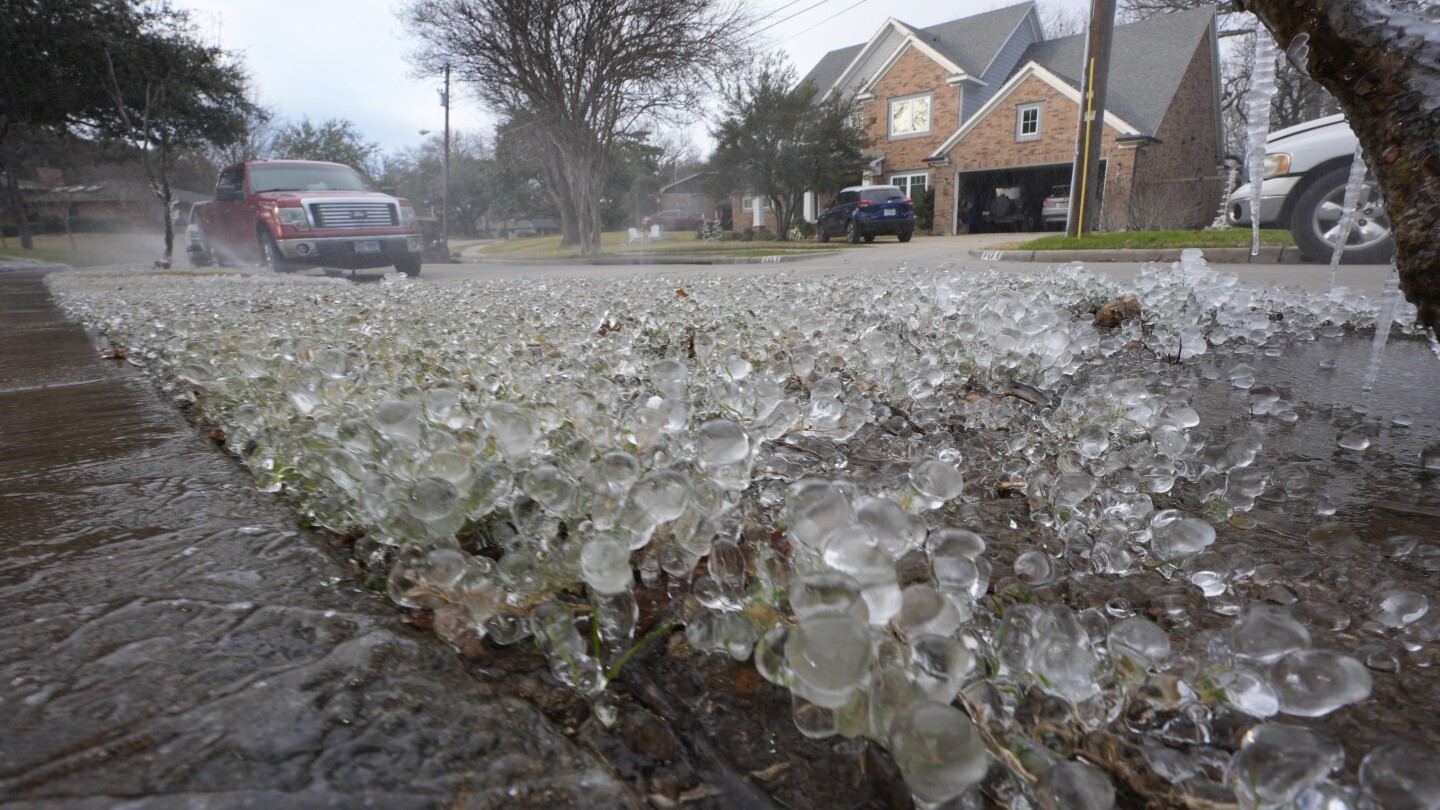Southern Schools Face Disruptions as Winter Storms Strike Again
As a fresh wave of winter storms approaches, schools across the Southern United States are forced to cancel classes, impacting thousands of students. This recurring disruption has become a significant concern for communities that are grappling with the challenges posed by severe weather conditions. From safety threats to educational setbacks, the implications of these winter storms extend far beyond just missing a few days of school.
The Current Landscape of Winter Storms in the South
Winter storms in the Southern U.S. are not just an inconvenience; they are a complex phenomenon that affects various aspects of life. Unlike the northern states, where heavy snowfall is a regular occurrence, the South is often ill-prepared for such weather events. The recent forecasts predict a potent mix of snow, ice, and freezing rain, which can create hazardous conditions on the roads and in schools.
Many districts have already announced closures in anticipation of the storms. For instance, in Georgia, several school systems have opted for virtual learning days, hoping to mitigate the impact of the storms while still providing educational continuity. Similarly, in Texas and Louisiana, districts are making decisions on a day-to-day basis as the storms develop.
Impact on Students and Families
The abrupt cancellations of classes can lead to significant challenges for students and their families. Here are some of the most pressing issues:
- Educational Disruption: Regular school attendance is crucial for academic success. Missing classes can hinder learning and create gaps in knowledge, particularly for students who may struggle to keep up with online material.
- Childcare Challenges: Parents may find it difficult to arrange childcare on short notice, especially if they work outside the home. This can lead to stress and uncertainty for families.
- Access to Meals: Many students rely on school meal programs for their daily nutrition. School closures can disrupt these essential services, impacting students’ health and well-being.
The Role of Technology in Education
In light of these challenges, many school districts are leveraging technology to ensure that education continues, even during severe weather. Virtual learning platforms are becoming increasingly popular, allowing students to attend classes remotely. While this solution is not without its challenges—such as ensuring all students have access to the necessary technology—it does provide a way to keep education on track.
Additionally, educators are employing various strategies to engage students during these virtual learning days:
- Interactive Lessons: Utilizing tools like video conferencing, teachers can conduct live classes that allow for interaction and discussion.
- Asynchronous Learning: For students who cannot attend live classes, assignments can be provided online, allowing them to complete work at their own pace.
- Community Engagement: Schools are reaching out to parents to ensure that everyone is aware of resources, including meal programs that may be available during closures.
Emergency Preparedness and Community Response
Communities across the South are becoming more proactive in their approach to winter storms. Local governments and school districts are working together to develop emergency preparedness plans that include:
- Weather Monitoring: Keeping a close eye on forecasts and conditions to make informed decisions about school closures.
- Communication Systems: Establishing clear lines of communication with families to provide timely updates about school status and safety information.
- Emergency Resources: Creating plans for shelters and resources for families who may have difficulty during severe weather.
By preparing in advance, communities can mitigate some of the adverse effects of winter storms. However, the unpredictability of weather patterns means that flexibility and adaptability are key to navigating these challenges.
Looking Ahead: The Future of Education in the Face of Weather Disruptions
The recent winter storms are a stark reminder of the vulnerabilities that Southern schools face during the colder months. However, these disruptions also present an opportunity for innovation in education. As districts invest in technology and develop robust contingency plans, the potential for a more resilient educational system becomes increasingly possible.
Moreover, the experiences gained from these storms can help shape future policies. Stakeholders are beginning to recognize the importance of incorporating weather-related considerations into school calendars and operational strategies. This holistic approach could lead to more informed decisions that prioritize both education and safety.
Conclusion
As Southern schools face disruptions due to winter storms once again, the impact on students, families, and communities is significant. However, through technology, preparedness, and community collaboration, there are pathways to navigate these challenges effectively. While the storms pose immediate challenges, they also serve as a catalyst for innovation in education. By adapting to these conditions, schools can emerge stronger, ensuring that learning continues, regardless of the weather outside.
In the end, it’s all about resilience—both for our schools and for the communities that support them. As we brace for the challenges of severe weather, let us also look forward to the opportunities for growth and improvement that lie ahead.
See more Your Daily Weather



